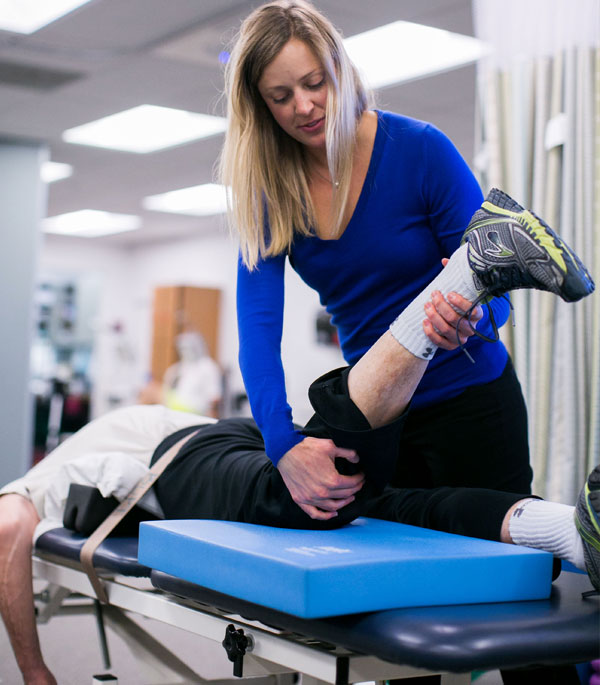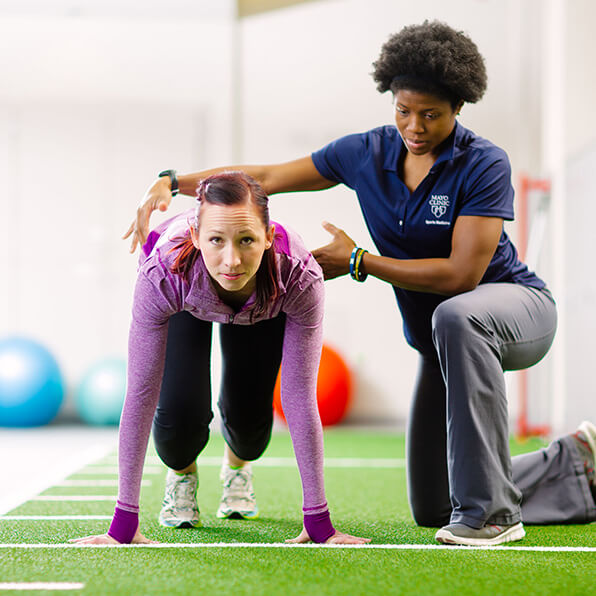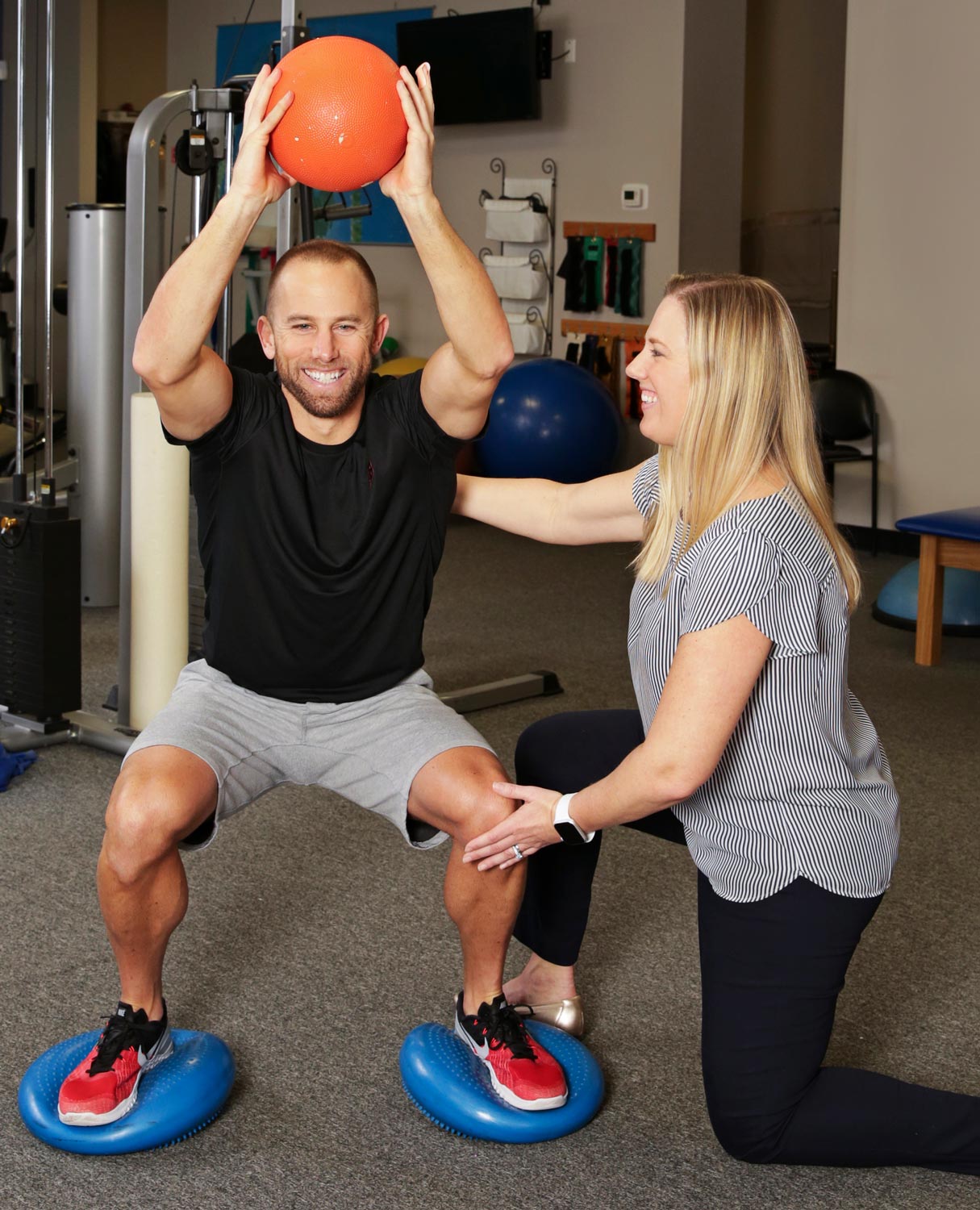I. Introduction
A. Definition and scope of sports medicine
Sports medicine is a branch of medicine that deals with the prevention, diagnosis, treatment, and rehabilitation of injuries related to sports and physical activity. It encompasses a wide range of medical disciplines including orthopedics, exercise physiology, sports psychology, nutrition, and physical therapy. Sports medicine physicians play a crucial role in keeping athletes healthy and enhancing their performance.
B. Importance and demand for sports medicine physicians
Sports medicine physicians are in high demand due to the increasing popularity of sports and physical activity among individuals of all ages. Athletes, both amateur and professional, rely on sports medicine specialists to help them recover from injuries, prevent future injuries, and optimize their performance. Additionally, sports medicine physicians also work with non-athletes who engage in physical activity as part of their lifestyle, helping them maintain good health and prevent injuries.
II. The Path to Becoming a Sports Medicine Physician
A. Education and Medical School

- Undergraduate prerequisites for medical school
Before attending medical school, aspiring sports medicine physicians must complete a bachelor’s degree, preferably with a focus on pre-medical coursework. These prerequisites typically include courses in biology, chemistry, physics, and mathematics. It is also important for students to gain research or volunteer experience in the healthcare field to demonstrate their commitment to the medical profession.
- Attending medical school and earning a medical degree (MD or DO)
After completing their undergraduate studies, students must attend medical school to obtain a medical degree. Medical school typically lasts for four years and involves both classroom-based learning and clinical rotations. During this period, students acquire knowledge and skills in various medical disciplines, including anatomy, physiology, pathology, pharmacology, and clinical medicine. Upon completion of medical school, graduates are awarded either a Doctor of Medicine (MD) or Doctor of Osteopathic Medicine (DO) degree.
B. Residency Training

- Completing a residency program in a primary specialty
After obtaining their medical degree, aspiring sports medicine physicians must complete a residency program in a primary specialty such as family medicine, internal medicine, pediatrics, or orthopedic surgery. The duration of residency varies depending on the specialty, usually ranging from three to seven years. Residency training provides physicians with comprehensive clinical experience in their chosen specialty and helps them develop critical thinking, diagnostic, and managerial skills.
- Selecting a sports medicine fellowship
Following completion of residency, physicians interested in pursuing a career in sports medicine need to apply for and complete a sports medicine fellowship. Fellowships in sports medicine typically last for one to two years and provide specialized training in the field. During this time, fellows work alongside experienced sports medicine physicians and gain hands-on experience in the diagnosis, treatment, and management of sports-related injuries. They also learn about performance enhancement, injury prevention, concussion management, and exercise physiology.
C. Sports Medicine Fellowship

- Overview of a sports medicine fellowship
A sports medicine fellowship is a post-residency training program that focuses on the unique medical needs of athletes and physically active individuals. The fellowship provides in-depth knowledge and exposure to various sports medicine subspecialties, including musculoskeletal injuries, exercise physiology, biomechanics, nutritional counseling, concussion management, and sports psychology. Fellows have the opportunity to work closely with athletes of all ages and skill levels, including professional athletes, college athletes, and weekend warriors.
- Required skills and knowledge gained during fellowship training
During a sports medicine fellowship, physicians gain valuable skills and knowledge necessary to excel in the field. These include the ability to accurately diagnose and treat sports-related injuries, perform musculoskeletal examinations, interpret imaging studies, prescribe rehabilitation exercises, administer injections, and perform minimally invasive procedures. Fellows also learn about sports nutrition, exercise prescription, injury prevention techniques, and comprehensive care of athletes with medical conditions such as diabetes or asthma.
III. Skills and Competencies of a Sports Medicine Physician
A. Medical Knowledge
- Understanding anatomy, physiology, and biomechanics of the musculoskeletal system
A solid foundation in anatomical and physiological knowledge is crucial for a sports medicine physician. Understanding the structure and function of the musculoskeletal system enables physicians to accurately diagnose and treat sports-related injuries. They must have a deep understanding of the various components of the musculoskeletal system, including bones, muscles, tendons, ligaments, and joints. A comprehensive knowledge of biomechanics is also essential, as it allows physicians to assess movement patterns and identify potential risk factors for injury.
- Knowledge of sports-related injuries, treatments, and rehabilitation techniques
Sports medicine physicians must possess in-depth knowledge of various sports-related injuries and their treatment options. This includes acute injuries, such as fractures, sprains, strains, and dislocations, as well as overuse injuries, such as tendonitis, stress fractures, and bursitis. They should be familiar with both non-surgical and surgical treatment options for these injuries and be able to provide appropriate recommendations based on individual patient needs.
B. Diagnostic and Treatment Skills

- Assessing and diagnosing sports-related injuries
Sports medicine physicians must be skilled at assessing and diagnosing sports-related injuries to provide appropriate treatment. This includes conducting thorough evaluations, obtaining detailed patient histories, performing physical examinations, and ordering and interpreting relevant diagnostic tests, such as X-rays, MRI scans, or ultrasound. Accurate diagnosis is crucial to develop an effective treatment plan and ensure a timely return to sports or physical activity.
- Implementing appropriate treatment plans, including non-surgical and surgical interventions
Based on their diagnosis, sports medicine physicians should develop tailored treatment plans for their patients. This may involve prescribing non-surgical interventions, such as medication, physical therapy, bracing, or orthotics. In some cases, surgical intervention may be necessary, and the sports medicine physician should have the knowledge and skills to perform or refer for surgical procedures. The ability to make sound decisions regarding treatment options is essential for optimal patient outcomes.
C. Communication and Interpersonal Skills
- Building trust and rapport with athletes, coaches, and healthcare teams
Sports medicine physicians work closely with athletes, coaches, and other members of the healthcare team. To establish effective relationships, they must possess strong communication and interpersonal skills. Building trust and rapport with athletes is crucial in order to effectively manage their injuries and help them make informed decisions about their health. Additionally, collaboration with coaches, physical therapists, athletic trainers, and other healthcare professionals is essential to ensure comprehensive care and optimal outcomes for the athlete.
- Effective counseling on injury prevention and performance enhancement
In addition to treating injuries, sports medicine physicians play a pivotal role in counseling athletes on injury prevention and performance enhancement. This includes providing guidance on proper warm-ups, stretching techniques, strength and conditioning exercises, and equipment selection. Effective communication skills are necessary to educate athletes on injury prevention strategies and performance enhancement techniques, empowering them to take an active role in their own well-being.
D. Research and Continuing Education
- Staying updated on advancements in sports medicine through research and attending conferences
Sports medicine is a rapidly evolving field, with new research and advancements emerging regularly. It is essential for sports medicine physicians to stay current with the latest evidence-based practices and treatment modalities. This requires a commitment to ongoing research and continuous education. Physicians can stay up-to-date by regularly reading medical journals, attending conferences, participating in webinars, and engaging in discussions with colleagues.
- Contributing to the field through research publications and presentations
Beyond staying updated, sports medicine physicians have the opportunity to contribute to the field through their own research and publications. Conducting research studies and clinical trials allows physicians to expand their knowledge and contribute to the development of new treatment approaches and prevention strategies. Sharing findings through research articles, presentations at conferences, and participation in clinical guidelines development helps to further advance the field of sports medicine.
In conclusion, becoming a sports medicine physician requires a dedicated and rigorous educational journey. It involves completing a bachelor’s degree, attending medical school, completing a residency in a primary specialty, and finally, completing a sports medicine fellowship.



